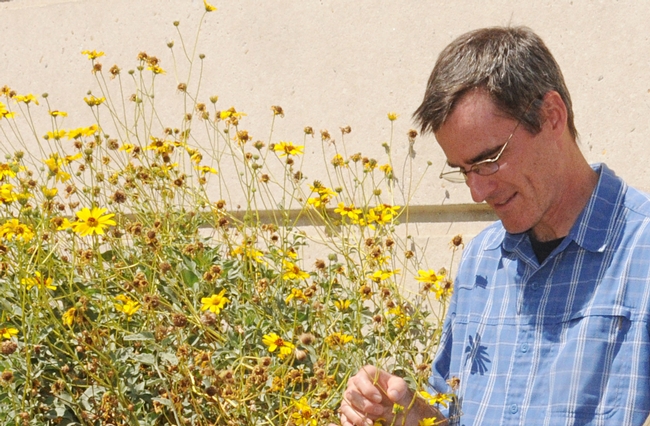- Author: Kathy Keatley Garvey
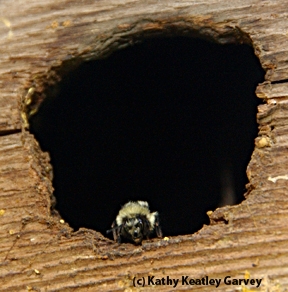
Billed as "the first comprehensive guide to North American bumble bees to be published in more than a century," it allows readers, both amateurs and professionals, to identify all 46 bumble bee species found in North America and learn about their ecology, changing geographic distributions, and the endangered and threatened species.
Bumble bees, you know, are among the most recognizable of the world's 20,000 species of bees. The genus, Bombus, has only 250 species. A small number, indeed.
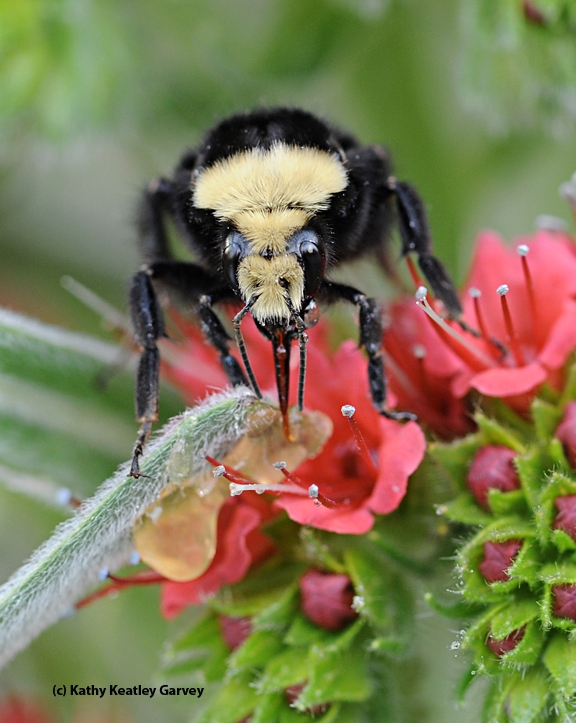
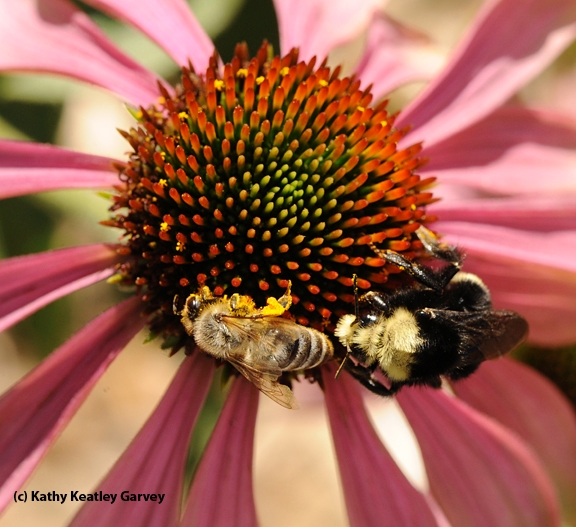
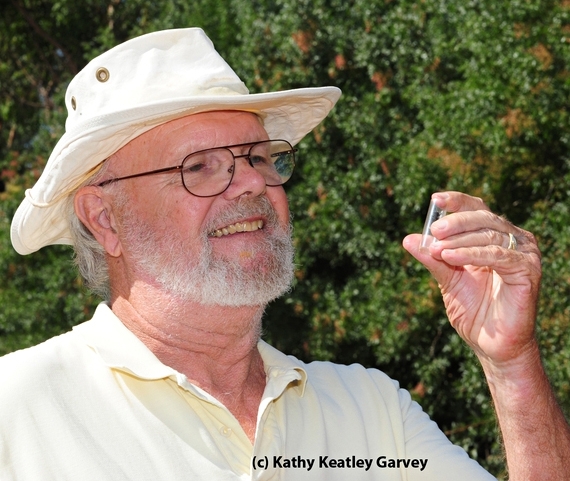
- Author: Kathy Keatley Garvey
If you're on your way to Bodega Bay in Sonoma County, stop at Bodega Head and see all the yellow-faced bumble bees on a yellow coastal plant, Eriophyllum, commonly known as the woolly sunflower.
The bumble bees, Bombus vosnesenskii, are back and they particularly like the Eriophyllum. It's probably Eriophyllum staechadifolium, agreed Ellen Dean, curator of the UC Davis Center for Plant Diversity, and Ellen Zagory, director of horticulture at the UC Davis Arboretum.
According to Calflora, it's also called lizard tail andseaside golden yarrow as well as seaside woolly sunflower.
We spotted a huge orange pollen load on one yellow-faced bumble bee. Saddle bags!
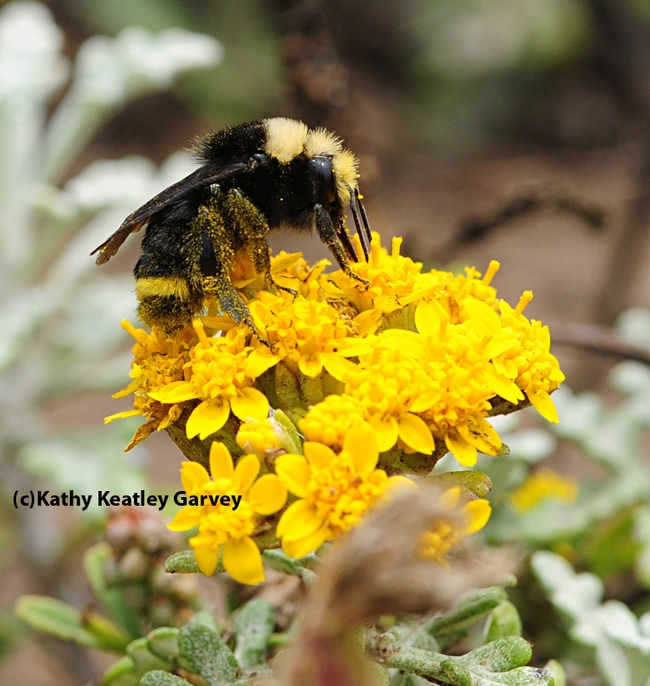
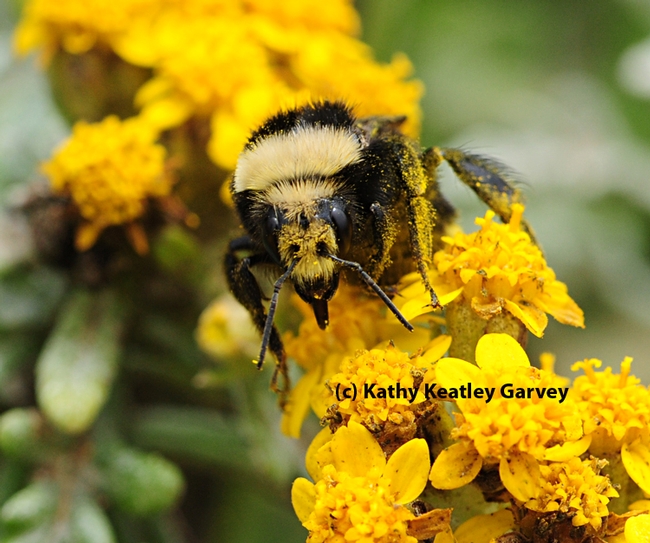
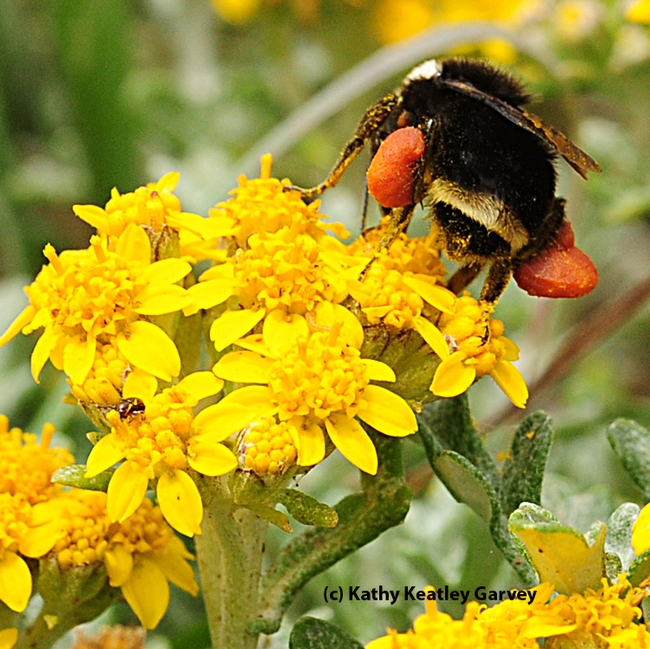
- Author: Kathy Keatley Garvey
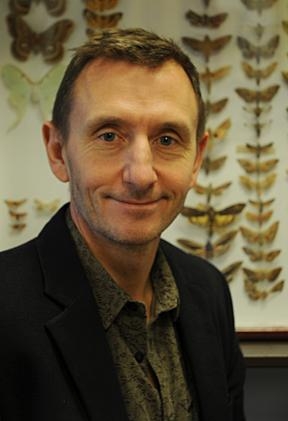
So says David Goulson, professor at the University of Stirling, U.K., who will speak on “The Ecology and Conservation of Bumble Bees” on Wednesday, April 24 at a UC Davis Department of Entomology seminar.
His seminar, set from 12:05 to 1 p.m. in Room 1022 of the Life Sciences Addition, corner of Hutchison and Kleiber Hall drives, promises to be well attended. It is scheduled to be videotaped and broadcast at a later date on UCTV.
UC Davis pollination ecologist/assistant professor Neal Williams will host him.
"I will discuss the main causes of their declines, which probably vary between regions," said Goulson, who founded the Bumblebee Conservation Trust in 2006.
"In Europe, the primary driver is thought to be habitat loss and other changes associated with intensive farming," Goulson said. "In the Americas, declines of some species are likely to be due to impacts of non-native diseases.
“I will then turn to possible links between poor bee health and pesticides, particularly a class of insecticides known as neonicotinoids. A controversy is currently raging on both sides of the Atlantic; I will give my view on the evidence for environmental impacts of these pesticides.”
Goulson works mainly on the ecology and conservation of bumble bees. He has published more than 200 scientific articles on the ecology and conservation of insects, with a particular focus on bumble bees. He is the author of Bumblebees: Their Behaviour, Ecology and Conservation, published in 2010 by Oxford University Press, and of A Sting in the Tale, a popular science book about bumble bees, published in 2013 by Jonathan Cape.
Goulson received his bachelor’s degree in biology from Oxford University, followed by a doctorate on butterfly ecology at Oxford Brookes University. Subsequently, he lectured in biology for 11 years at the University of Southampton, before moving to Stirling in 2006, and then to Sussex in 2013.
Meanwhile, what's not to like about bumble bees? The dwindling population of many species...
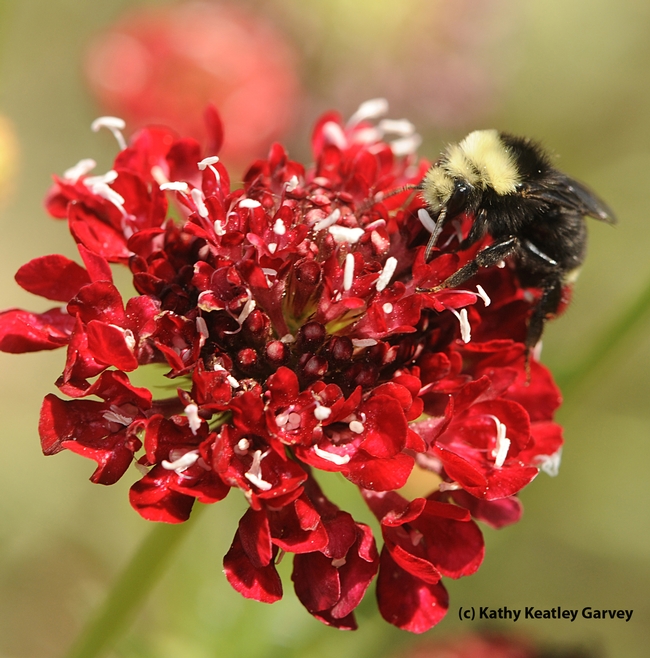
- Author: Kathy Keatley Garvey
It's sad to see and say, but like honey bees, the bumble bee population is declining, and that decline is alarming. Public awareness can help turn this around.
That's why we're glad to see that the Xerces Society for Invertebrate Conservation, based in Portland, Ore., has just published a free downloadable booklet titled Conserving Bumble Bees: Guidelines for Creating and Managing Habitat for America’s Declining Pollinators.
The booklet outlines "the important role bumble bees play in both agricultural and wild plant pollination, details the threats they face, and provides information on how land managers can create, restore, and enhance high quality habitat," the authors said. "Importantly, these guidelines describe how land managers can adapt current practices to be more in sync with the needs and lifec ycle of bumble bees."
The booklet also includes bumble bee identification guides to both common and imperiled species in each region and lists important bumble bee plants.
One of the many plants they go for is lavender. In our yard we see as many as 10 yellow-faced bumble bees (Bombus vosnesenskii) foraging at one time. The bumble bees share the lavender with honey bees, syrphid flies, drone flies, blue and green bottle flies, carpenter bees, ladybugs, spotted cucumber beetles, butterflies, katydids, grasshoppers and a few predators, including crab spiders and jumping spiders.
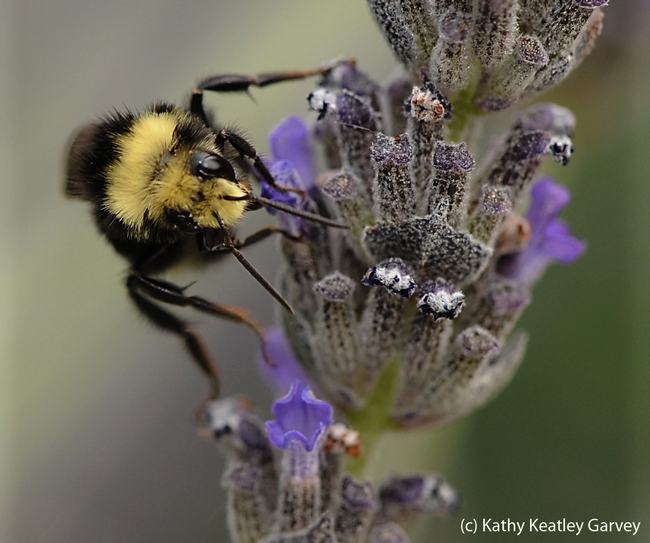
- Author: Kathy Keatley Garvey
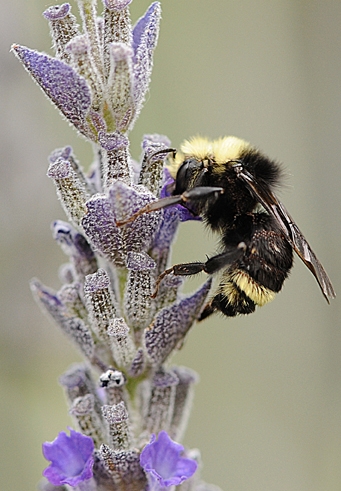
Pollination ecologist Neal Williams, assistant professor of entomology at UC Davis, will be one of the featured speakers at the International Symposium on Pollinator Conservation, to be held Jan. 27-29 in Fukuoka, Japan.
His talk will explore agricultural landscape change and the role of bee life history in predicting and understanding responses of bee communities. The conference, sponsored by the Japan Society of the Promotion of Science and themed "Conservation and Sustainable Use of Pollinators: Towards Global Assessments," will take place on the Hakozaki campus, Kyushu University.
Williams is the only invited speaker from California. (See his lab research)
“Bees provide a critical ecosystem service for humanity through their pollination of crops worldwide,” said Williams, who will speak on “Bee Life History and Resource Distributions Determine Population and Community Responses to Agricultural Landscape Change.”
“There is increasing recognition of the contributions of wild species to crop pollination and their role in sustainable pollination into the future. The persistence of wild bee species depends on the availability of essential nesting sites and forage resources within the landscape. Agriculture management can profoundly change the abundance and distribution of these resources over time and space."
“Because bee species differ in specific nesting and forage requirements, there is the potential for land transformation to filter wild bee communities based on such ecological traits,” Williams said. “I will present two separate studies from central California exploring the role nesting and forage resources in determining bee responses to agricultural intensification. The first study explores the effects of bee life history traits and resource distributions on observed changes in bee communities between semi-natural and farmland components of an agricultural landscape.
“I will use a combination of empirical data sampled over multiple landscapes and spatial modeling of bee communities to reveal the relative importance of forage and nesting resources to bee responses. The second study focuses on the bumble bee Bombus vosnesenskii. I will use empirical data on bumble bee colony performance and a spatially-explicit model of floral abundance to quantify the importance the forage-resource landscape in determining worker and queen production.”
Williams pointed out that “the abundance of forage strongly affected worker production; however, it was most sensitive to early season resources. Spatio-temporal variation in the resource landscape across the season reduced the overall effect of the forage landscape on queen production. Nonetheless consistent forage resources are key to the persistence of bumble bee populations in this region.”
